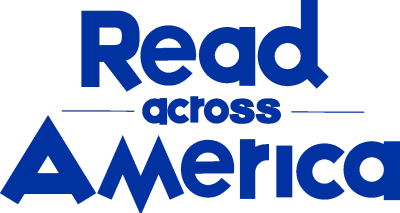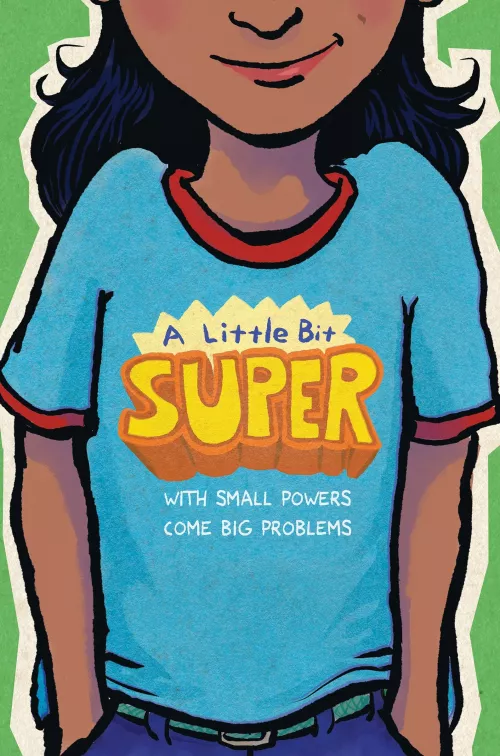Share this book
After reading, talk with students about what the characters from A Little Bit Super learn about themselves by working with or around their superpower. Then ask students to think about how they embrace the things about themselves that make them unique. How do they accept and use what makes them a little bit super? Have them make a list of their strengths and their interests—the things they love to do and things they are great at doing.
Then have students consider how they share those strengths and interests with others. What actions could they or do they take to change their community for the better? Have students talk in small groups about their strengths and their interests and offer suggestions for ideas on sharing those strengths and interests. Encourage everyone to come up with at least one new way they could put their strengths and interests into action to benefit their community.
Next, have students consider what their own superpower might be—one beyond their existing strengths and interests. Ask them to think about what issues impact them, family, friends, or their community and what superpower they would want to have so that they could help solve that problem. Have students build a complete, but short, story around their new superpower and how they use it. When stories are complete, have students return to small groups to read and share their work and compare their real-life strengths and interests to the superpowers they’ve imagined for themselves.
Questions for Discussion or Reflective Writing
- Do you enjoy short stories? What are some common themes you noticed throughout the stories in this book? What connected these stories together? How does the graphic novel throughout the book weave the characters together?
- Did you have a favorite character or story in this collection, or any that particularly stood out to you? What was it about this character or story that caught your attention?
- How did being “a little bit super” contribute to these characters’ identity and individuality? Besides their powers, what strengths did these characters demonstrate?
- Have you read other books or stories by any of the authors whose works were in this collection? Did this collection inspire you to pick up their other works? Why or why not?
- What are you good at? What do you want to be good at? What makes you feel empowered? How does that help you find your place in the world?
Related Resources
Empowering Young Writers from the National Children’s Book and Literacy Alliance
Hero Stories | Camp TV from PBS LearningMedia
More Titles to Try
Join Our Movement



